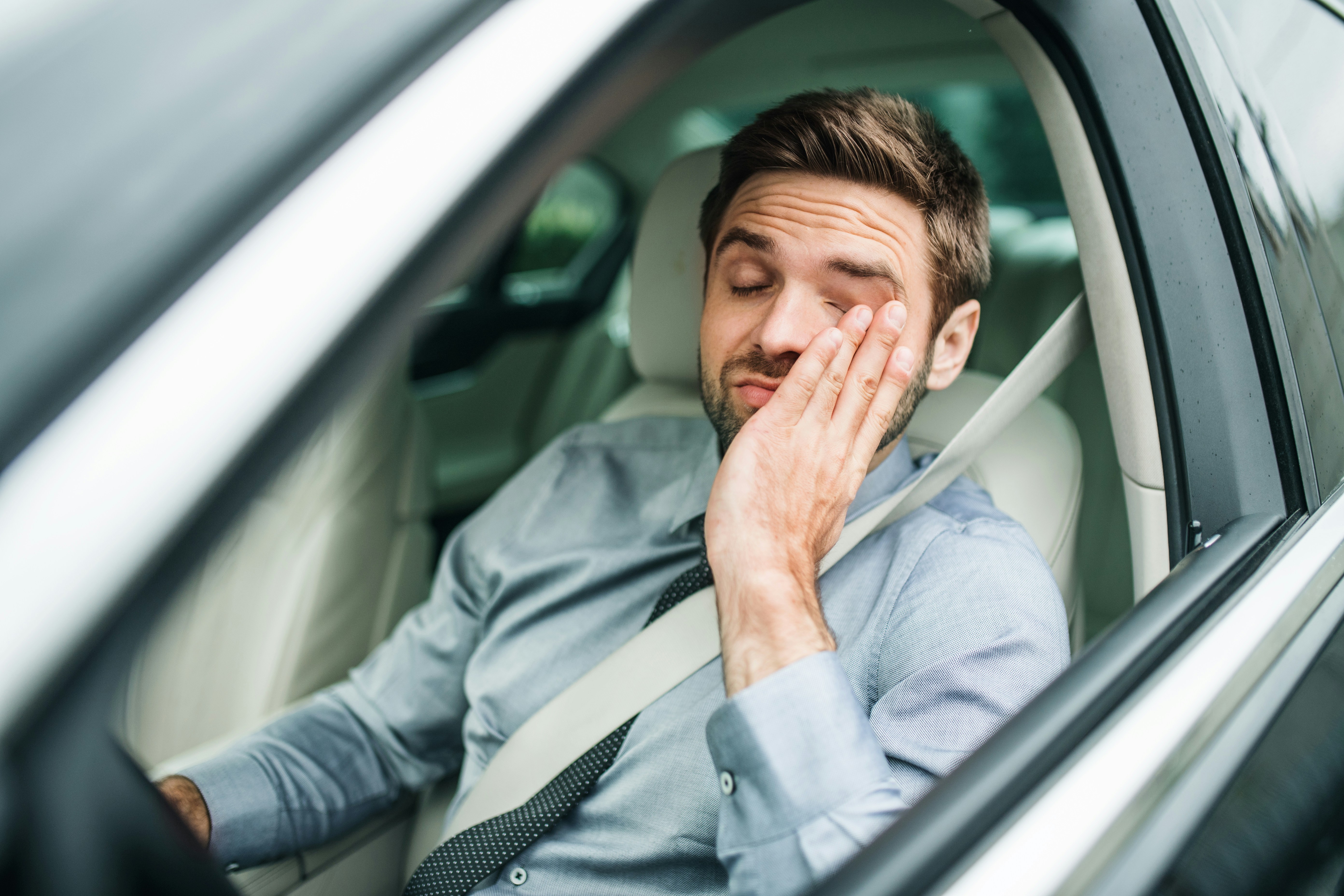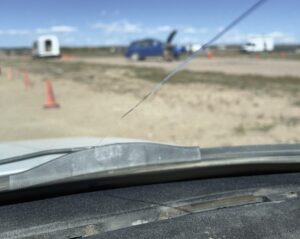Planning a road trip to the Grand Canyon or Everglades soon? While you may enjoy the scenic views and quality family time, there’s a potential threat lurking above.
Although it’s 92 million miles away, the sun can still have a big impact on us, especially while riding in a car.
Over time, driving in direct sunlight exposes you and your kids to harmful ultraviolet (UV) rays. These UV rays can damage the skin, cause sunburns, and lead to developing skin cancer.
According to the American Academy of Dermatology, skin cancer is the most common cancer in the United States.
As skin cancer continues to rise, families should consider affordable preventative solutions like car window tint to minimize the risk.
How Does the Sun Cause Skin Cancer While Driving?
A 2010 study in the Journal of American Academy of Dermatology found 53% of skin cancers occur on the left, or driver’s side of the body.
And in 2012, The New England Journal of Medicine demonstrated the effects of sun damage while driving. They conducted research on a 69-year-old truck driver who had been driving for 28 years.
So, how does this occur?
The Earth’s weak Ozone layers affect the atmosphere’s natural protection from the sun’s ultraviolet (UV) radiation. When the UV radiation travels through car windows, it contributes to daily sun exposure. Over time, repeated exposure can cause premature aging and skin cancer from the sun.
About UV Rays
The impact of UV rays depends on a number of factors:
- Time of day: UV rays are strongest between 10 am and 4 pm.
- Season of the year: UV rays are stronger during spring and summer months.
- Altitude: More UV rays reach the ground at higher elevations.
- Cloud coverage: The effect of clouds can vary. Sometimes cloud cover blocks some UV rays from the sun and lowers UV exposure, while some types of clouds can reflect UV rays and can increase UV exposure. What is important to know is that UV rays can get through, even on a cloudy day.
- Reflection: UV rays can bounce off surfaces like water, sand, snow, pavement, or grass, leading to an increase in UV exposure.
In addition to regular health screenings by a dermatologist, many individuals take preventative steps like tinting car windows, to protect themselves and their families from UV rays.
How Does Window Tint Protect My Skin?
If you drive a lot, a high-quality window tint, like Global and Xpel tint Crystalline Series, can help protect your skin from the UV rays. It serves as a sunblock and rejects up to 60% of solar energy and up to 97% of heat-producing infrared rays for a more comfortable ride for you and your family.
Additional benefits of Global and Xpel tint Crystalline Series window tint include:
- Non-metallized window film lets you stay connected with mobile devices, GPS or satellite radio reception without interference.
- Reduces the chance of your car’s interior from fading.
- Reduces glare of the sun, allowing for a more comfortable ride.
- Lessens the burden on air conditioning which saves fuel.
Protect Your Family with Window Tint
Before you hit the road, consider a high-quality solar control window tint from Auto Glass & Tint Shop.
Our expert technicians are committed to helping you protect your family. To learn more about our window tinting services, contact us today.




